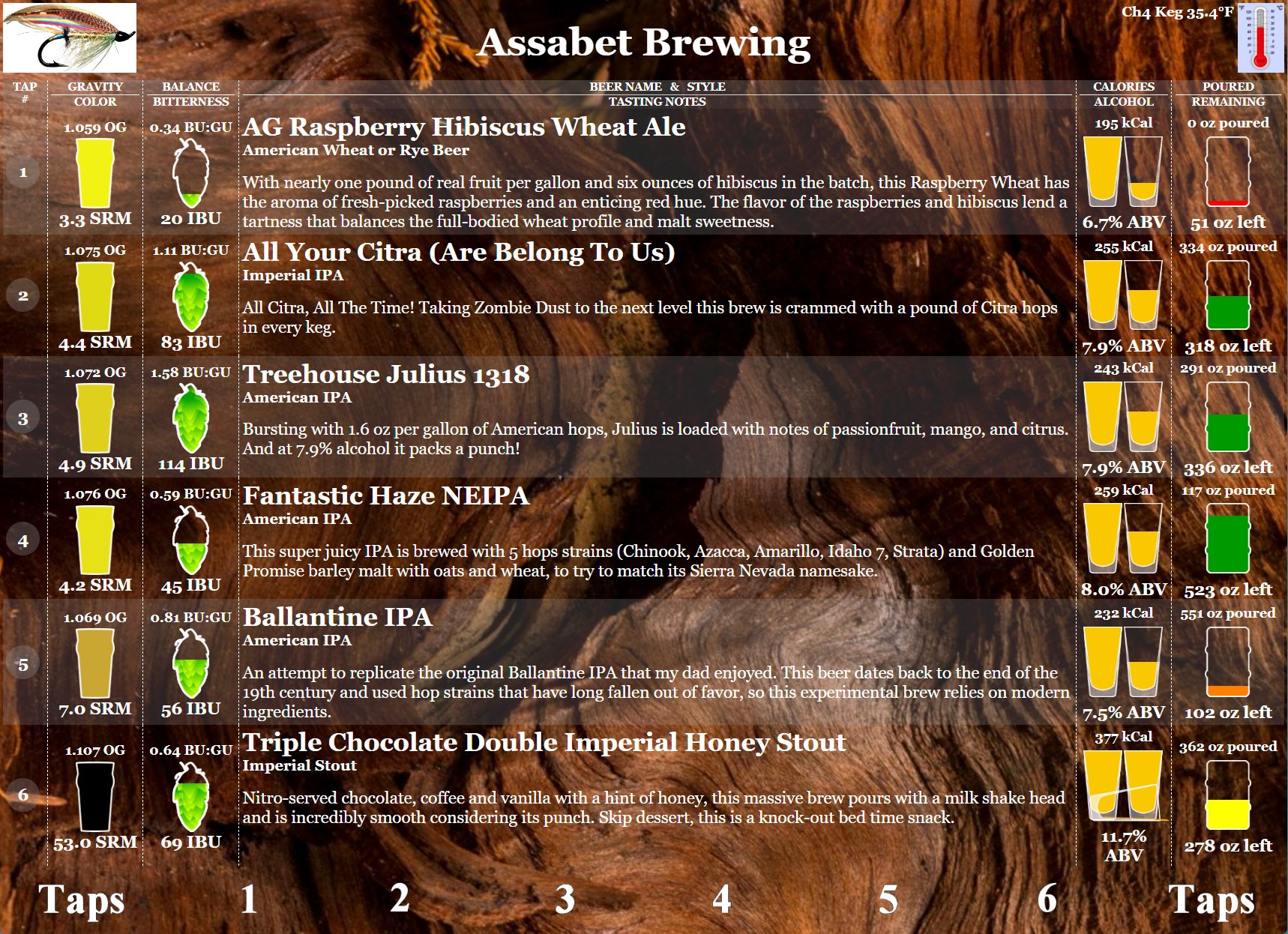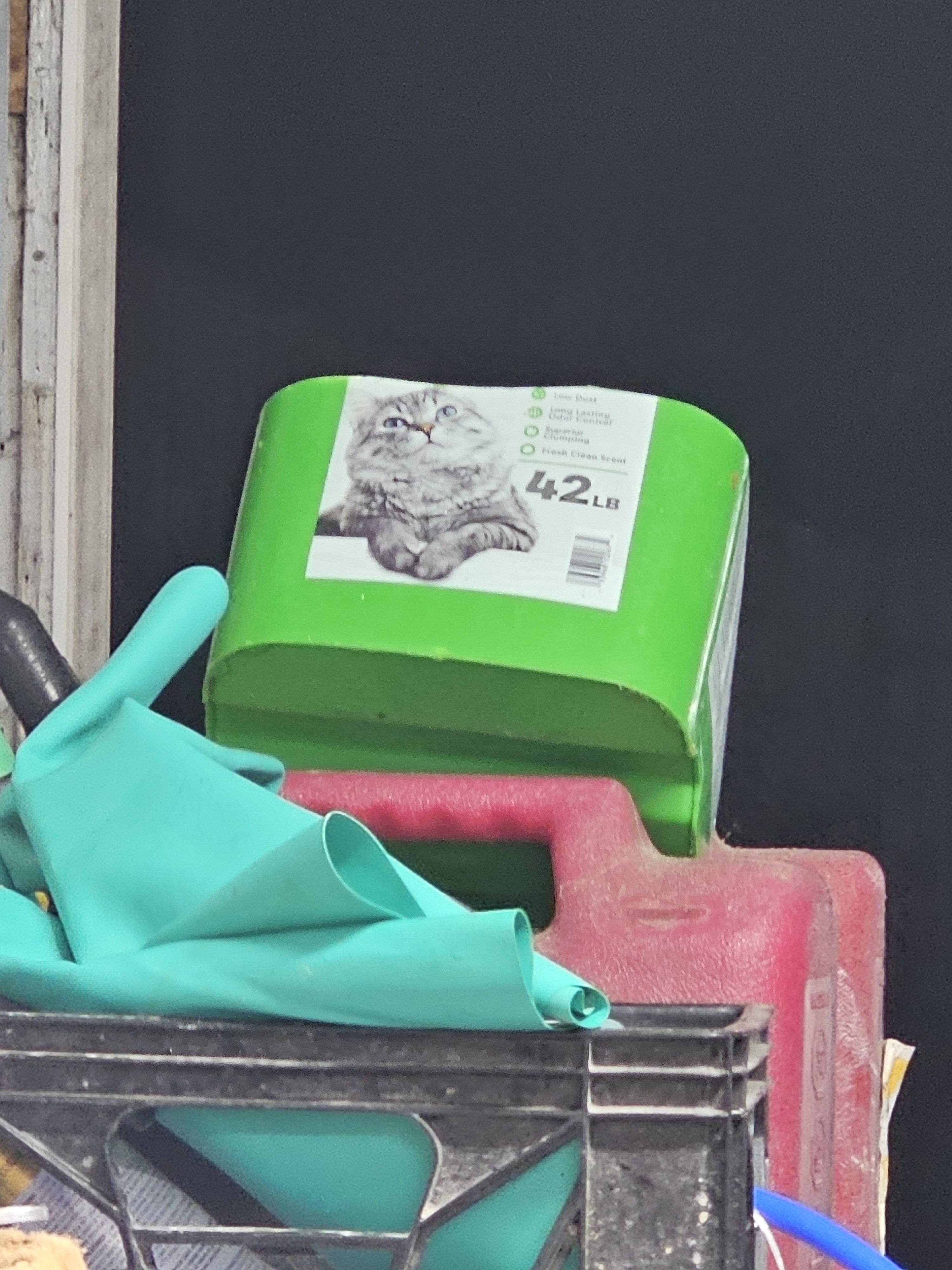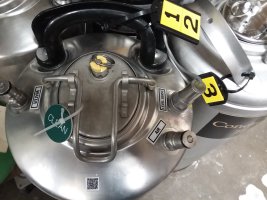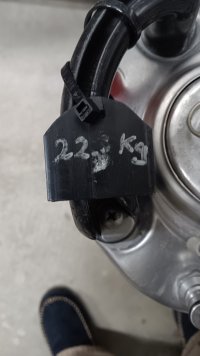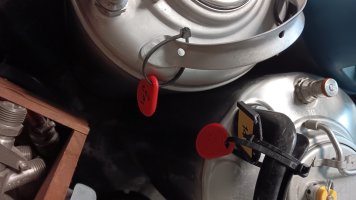I say "theoretically" because I haven't done a side-by-side comparison.FIFY... Carbonation occurs only at the interface of liquid and gas ie: The greater the surface area, the faster it goes, and the reverse is also true.

Gas/surface interface area is important, yes, but it's not going to be a simple (linear) relationship, because diffusion of CO2 away from the interface matters, too: without diffusion, the tiny volume right at the interface comes into Henry's-Law equilibrium and then you're done carbonating. I suspect (i.e., I haven't done any math) that diffusion is the limiting step that makes set-and-forget force carbonation so slow. And then add in agitation (compressor motor vibration if you're in cold storage) and convection. It gets complicated.
So yes, I wouldn't be surprised if a keg filled to the tippy-top needed much longer to force carbonate. But I also wouldn't be surprised, given the above, if the amount of extra time wasn't all that much. I haven't done the measurement.
And I'm still confused about why anyone would leave good beer in the fermenter. If people are really worried about carbonation time, give the keg a shake once a day. I suspect (again, no measurement, so just a guess) that a completely filled-to-the-top keg that's shaken every now and then will carbonate faster than a partially-filled one that's left alone.
And now I'm thinking ... how about a little shaker motor you could clip on to a keg that you're carbonating?
Or punt on the issue completely, and get one of those corny lids with a built-in carbonation stone.














































![Craft A Brew - Safale BE-256 Yeast - Fermentis - Belgian Ale Dry Yeast - For Belgian & Strong Ales - Ingredients for Home Brewing - Beer Making Supplies - [3 Pack]](https://m.media-amazon.com/images/I/51bcKEwQmWL._SL500_.jpg)










